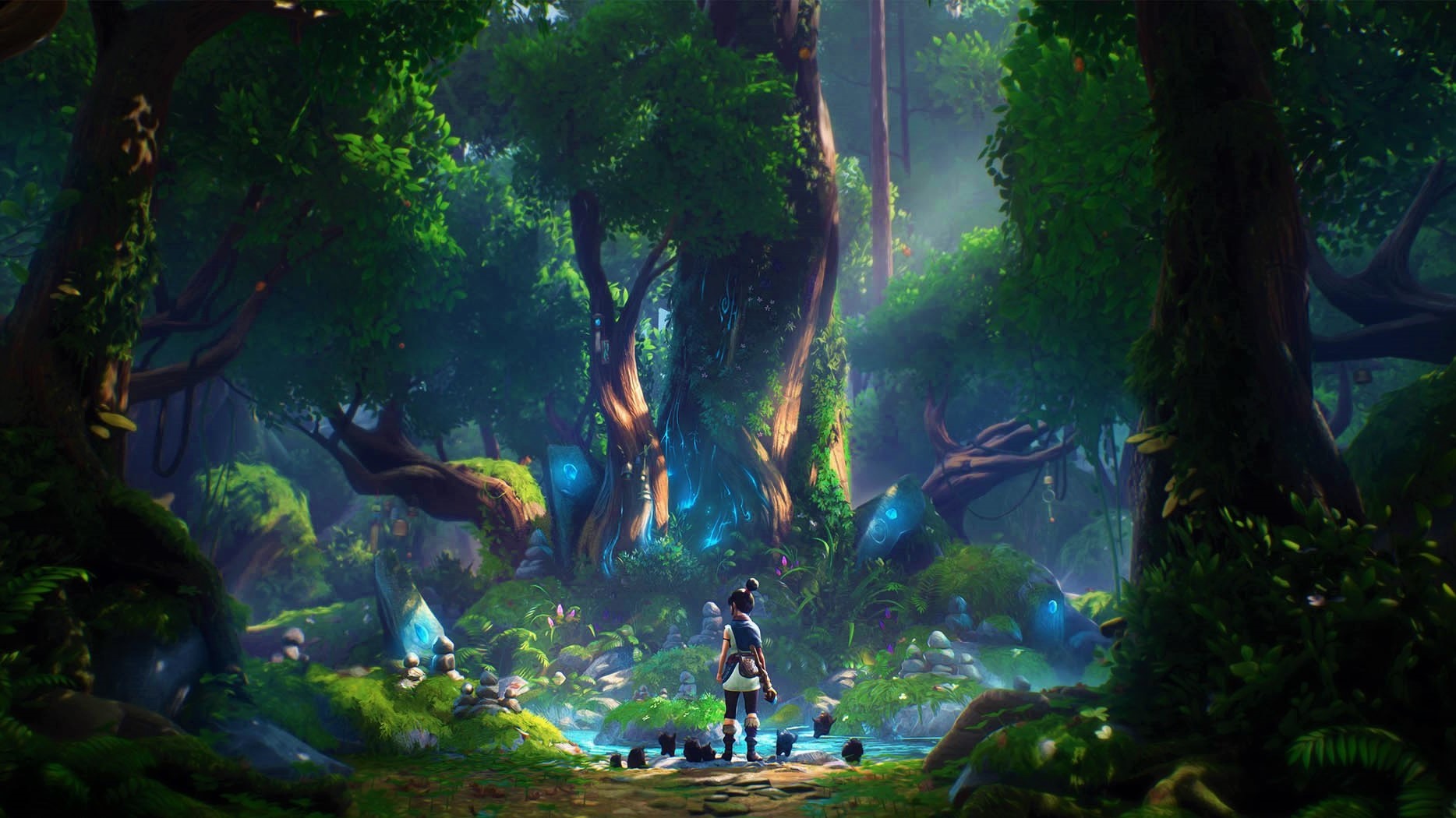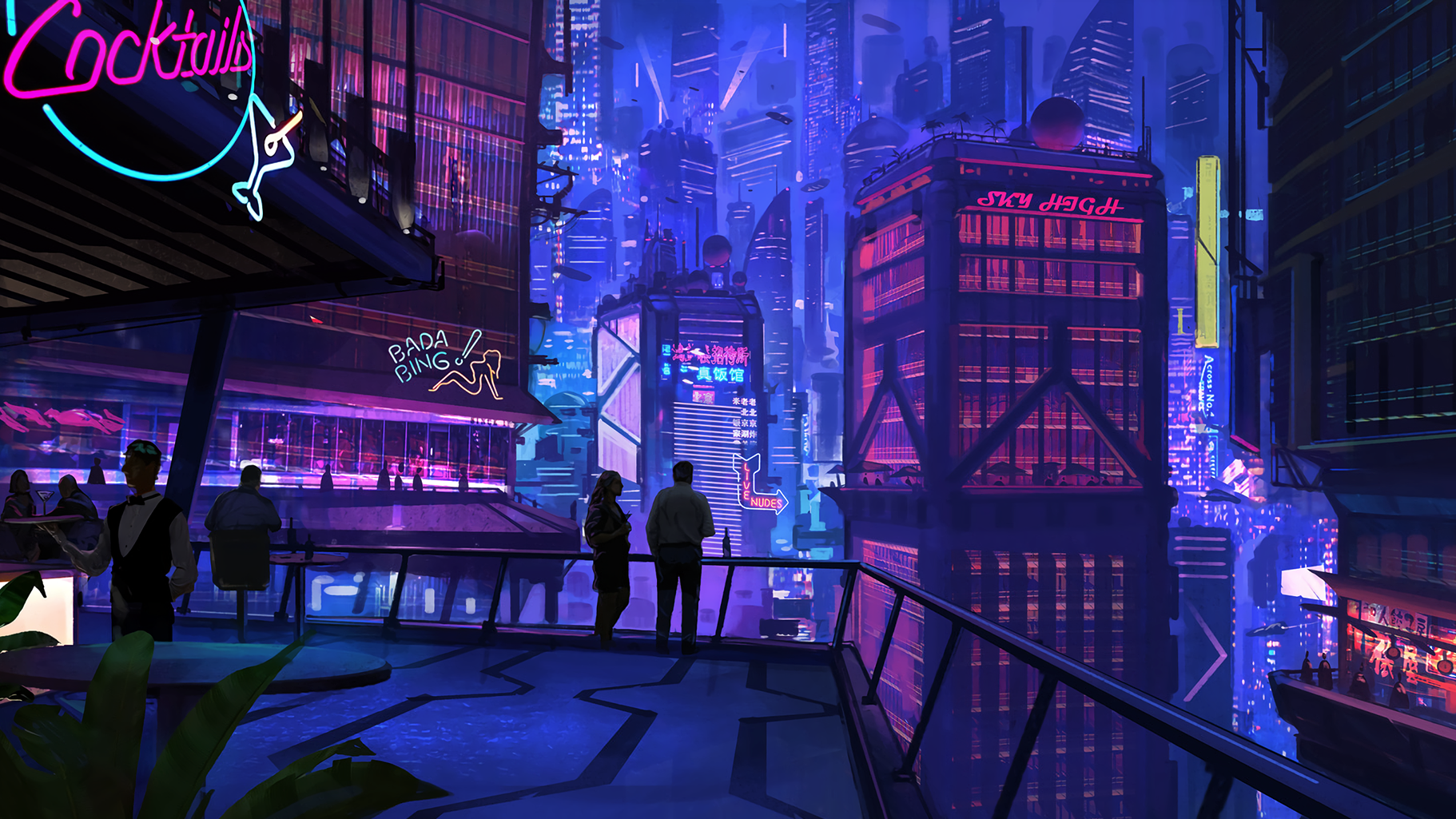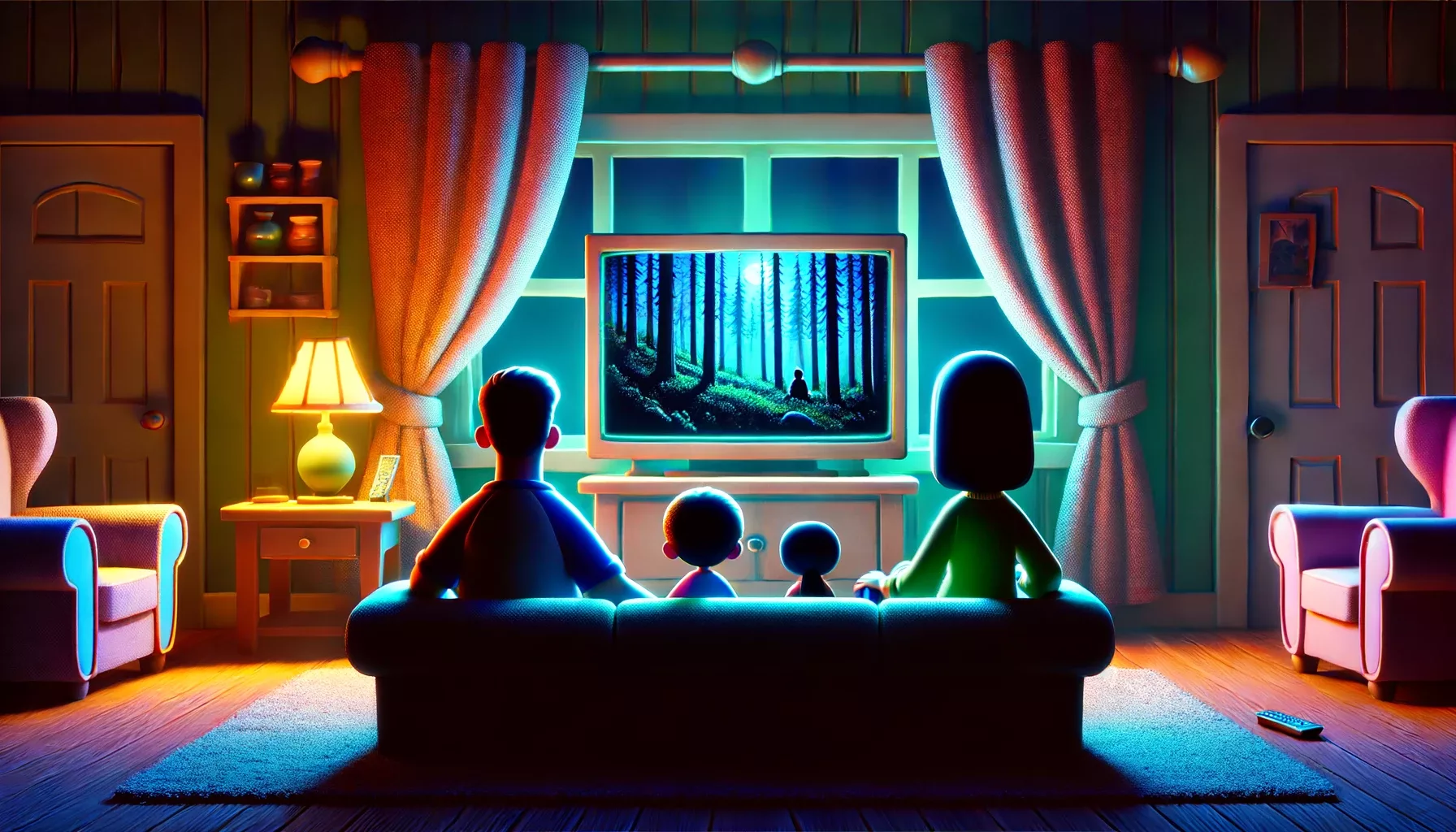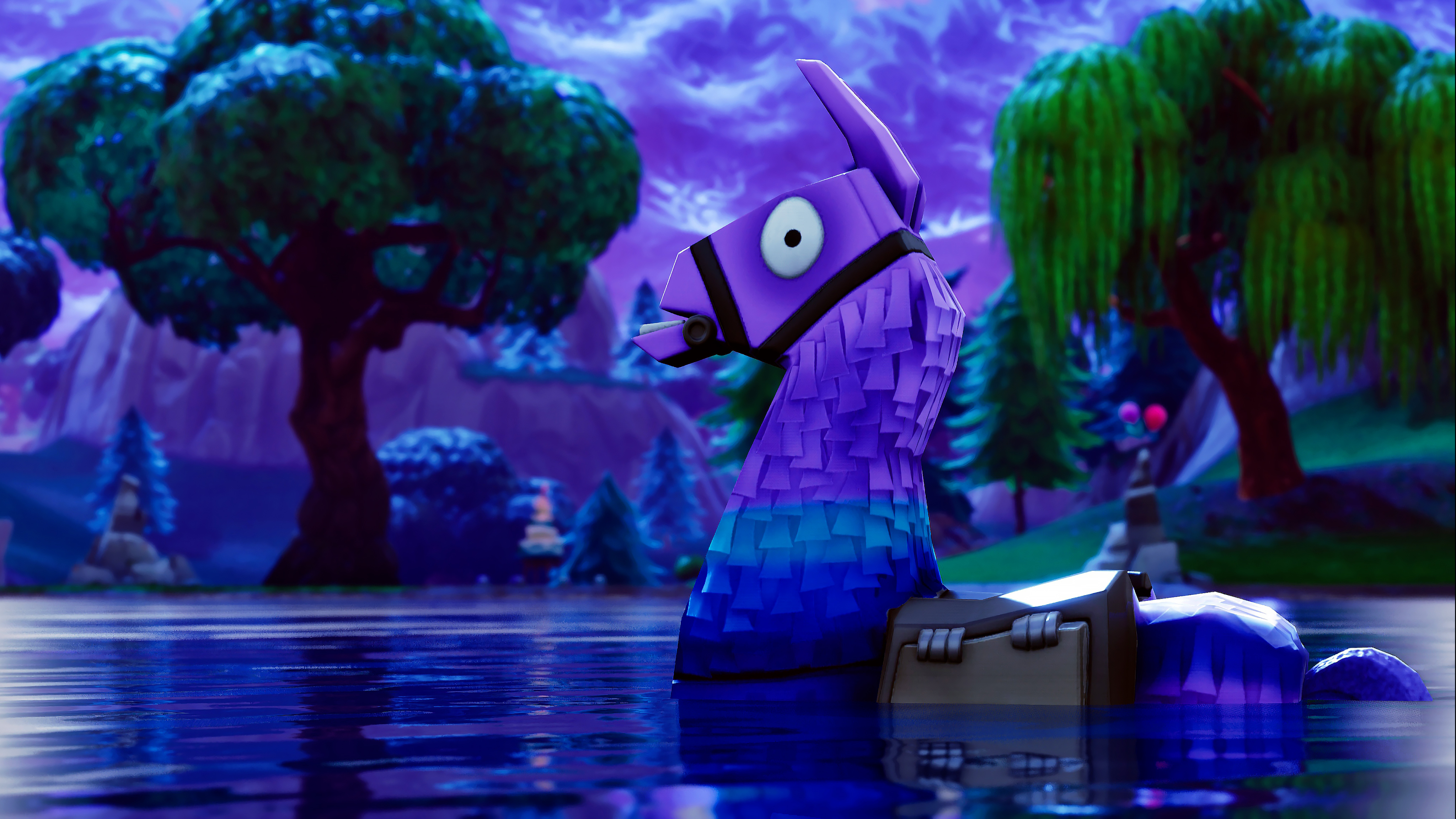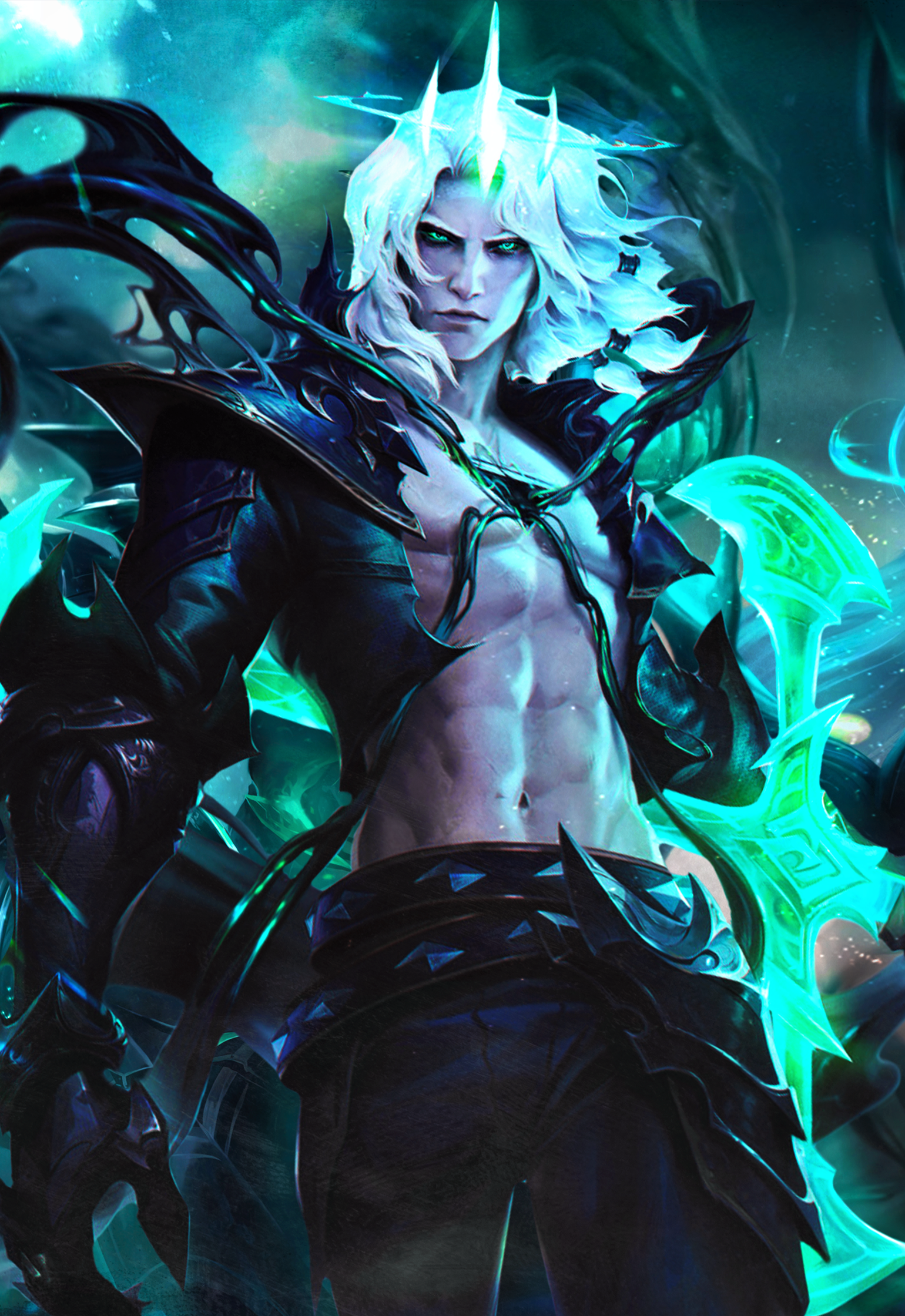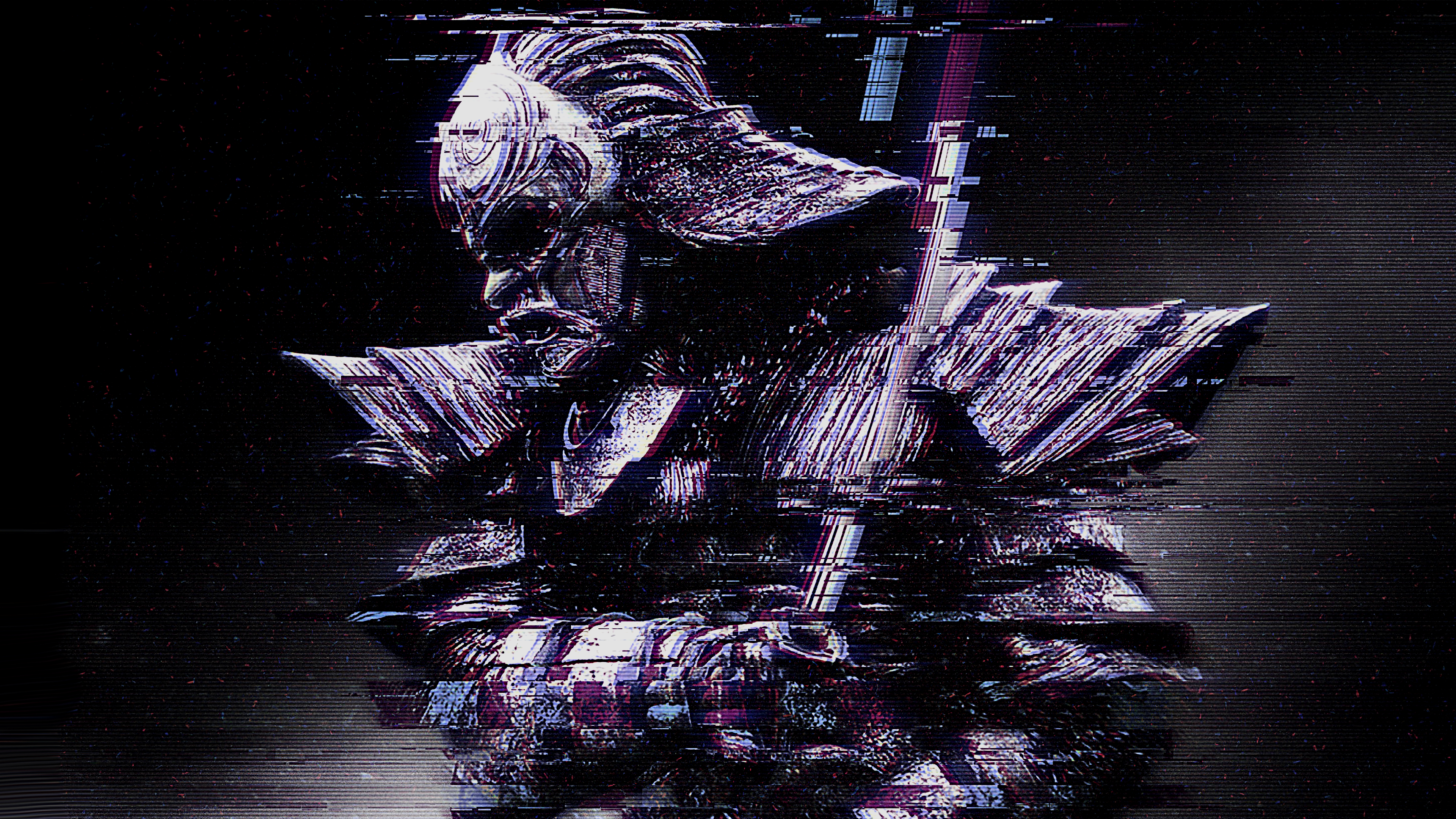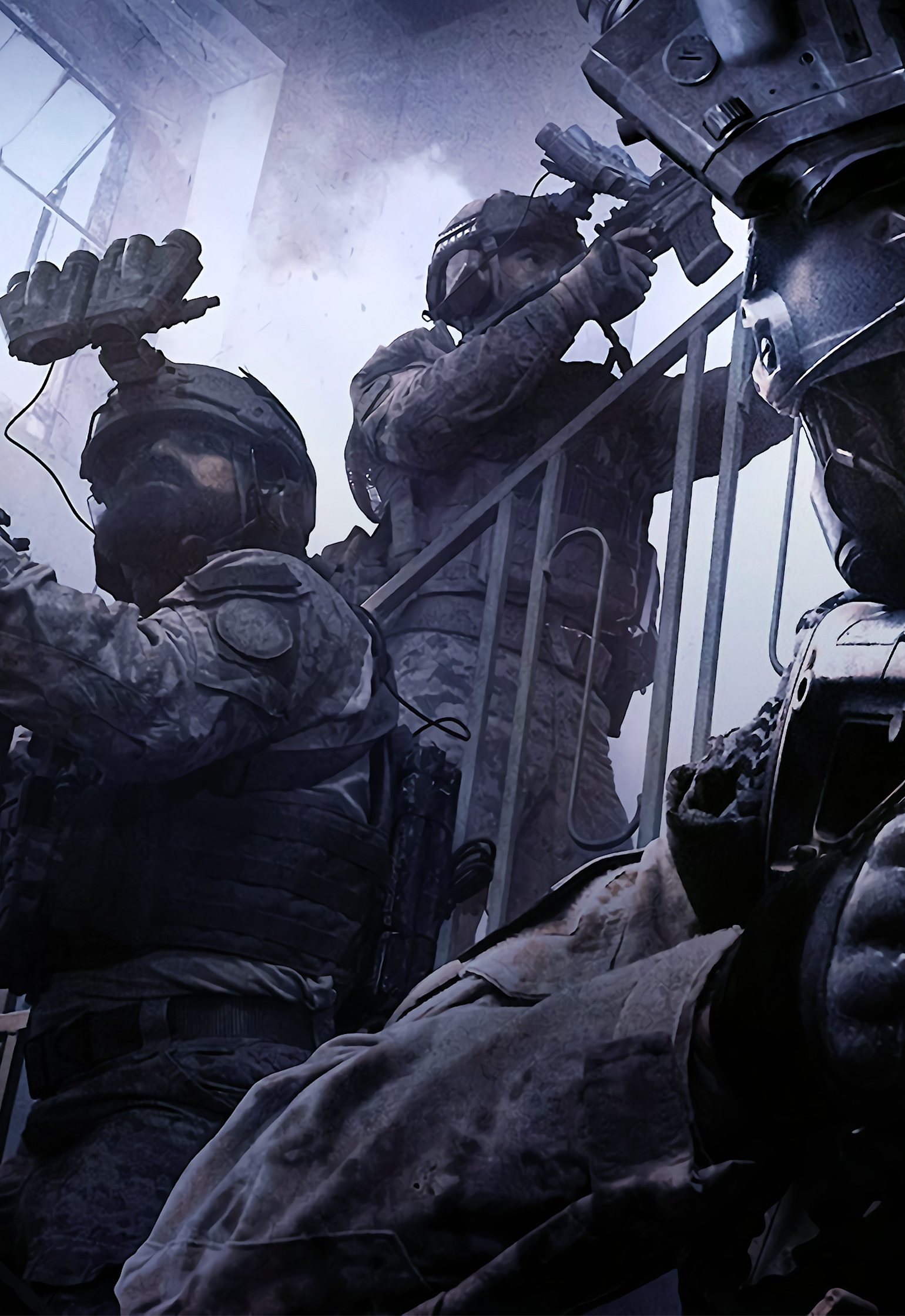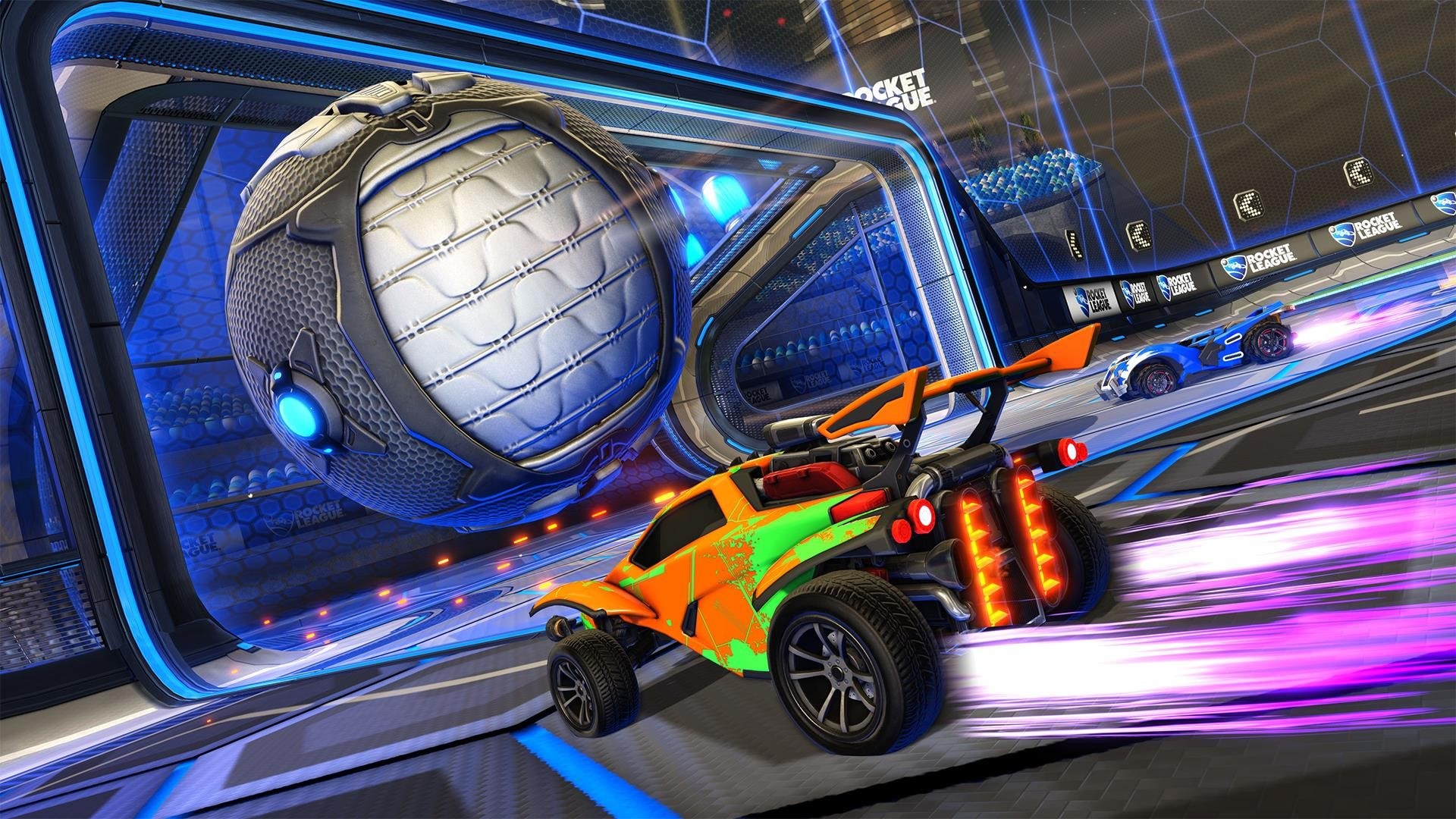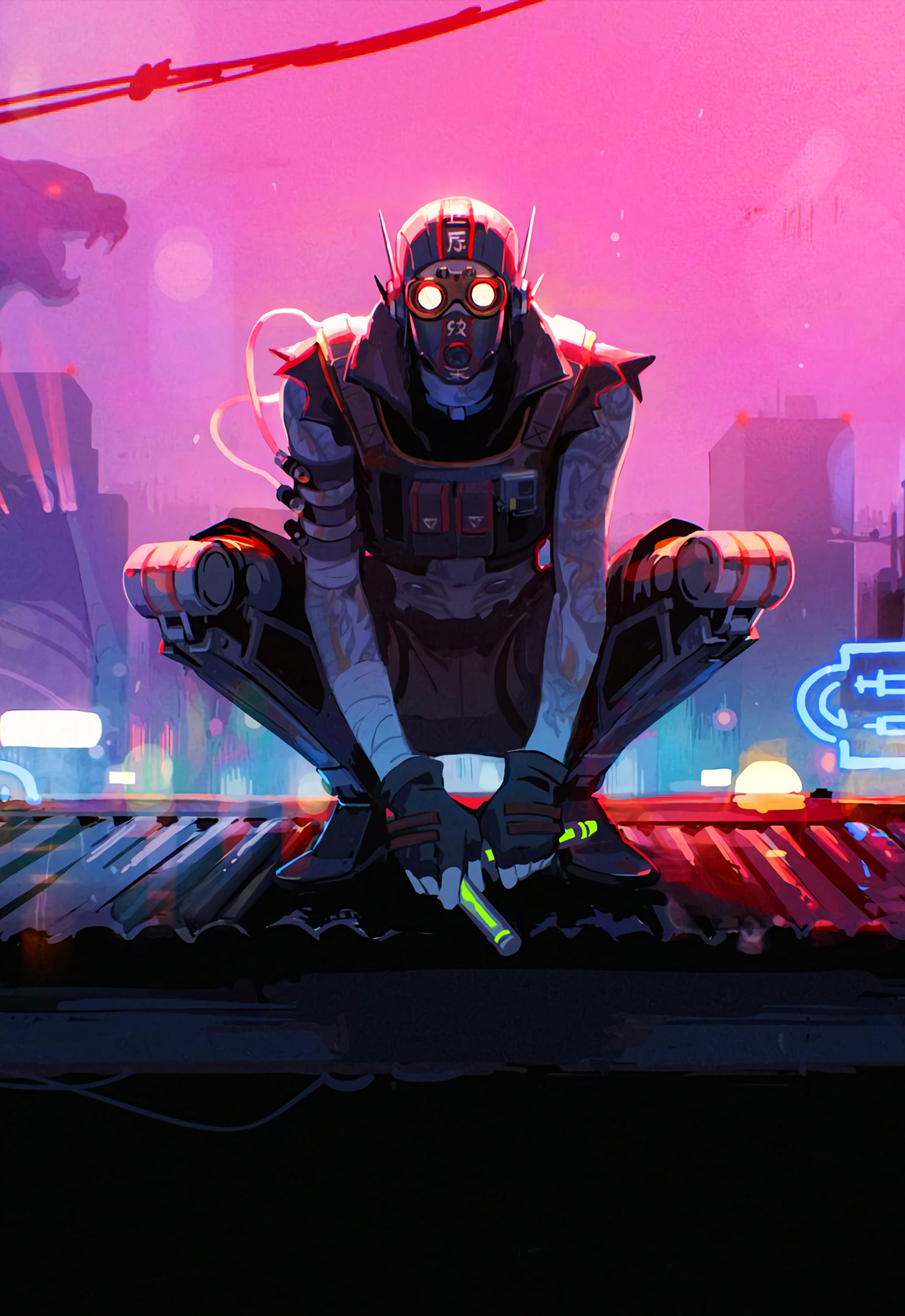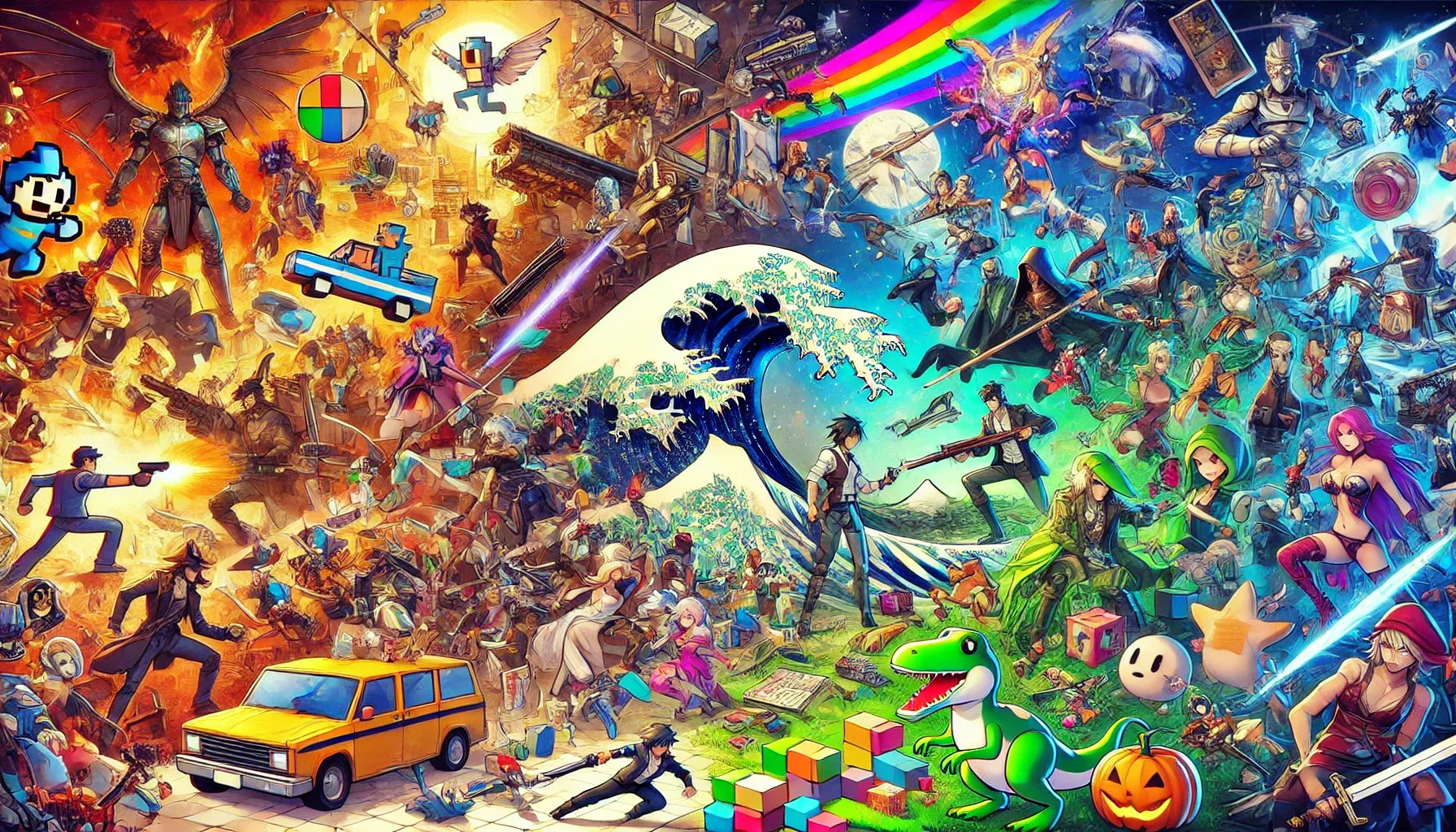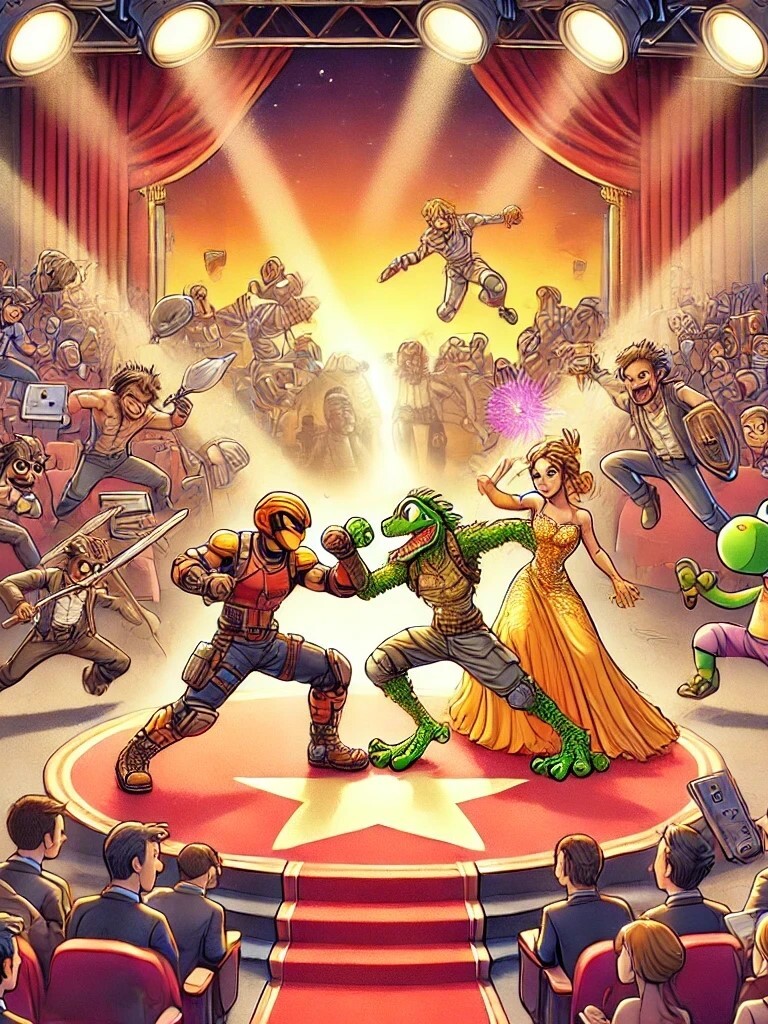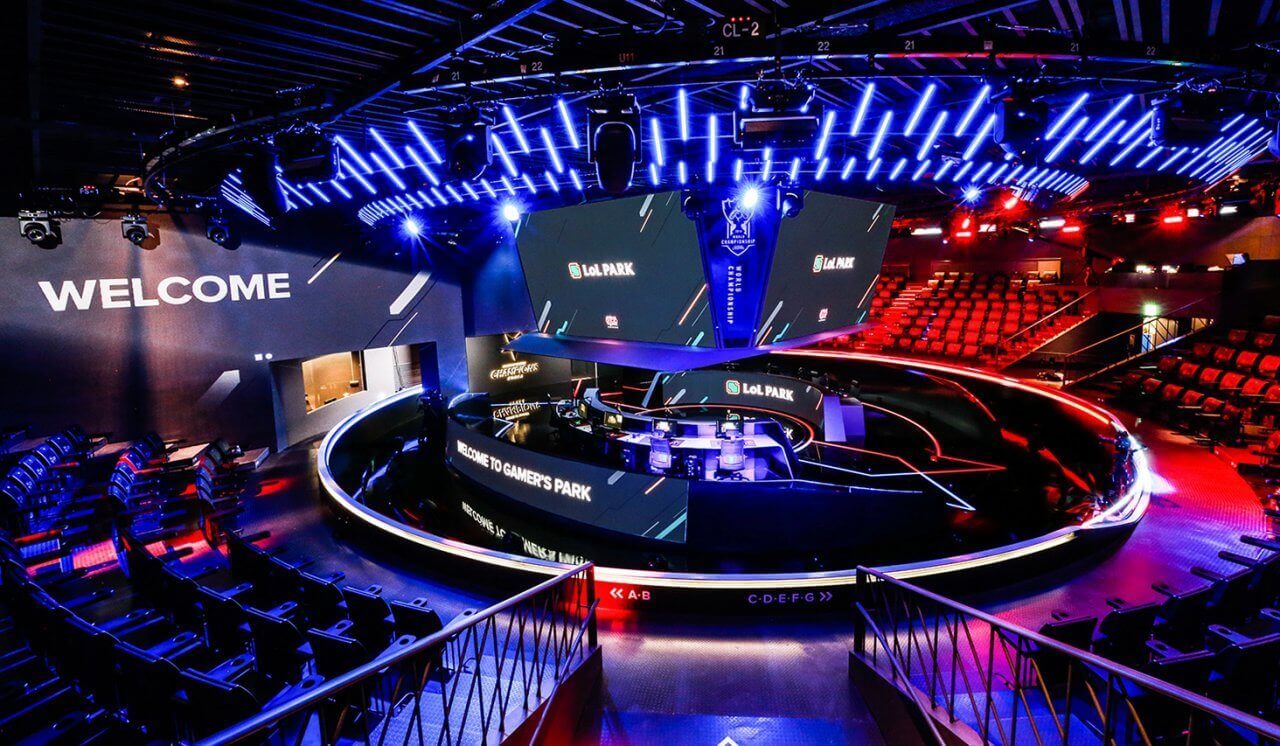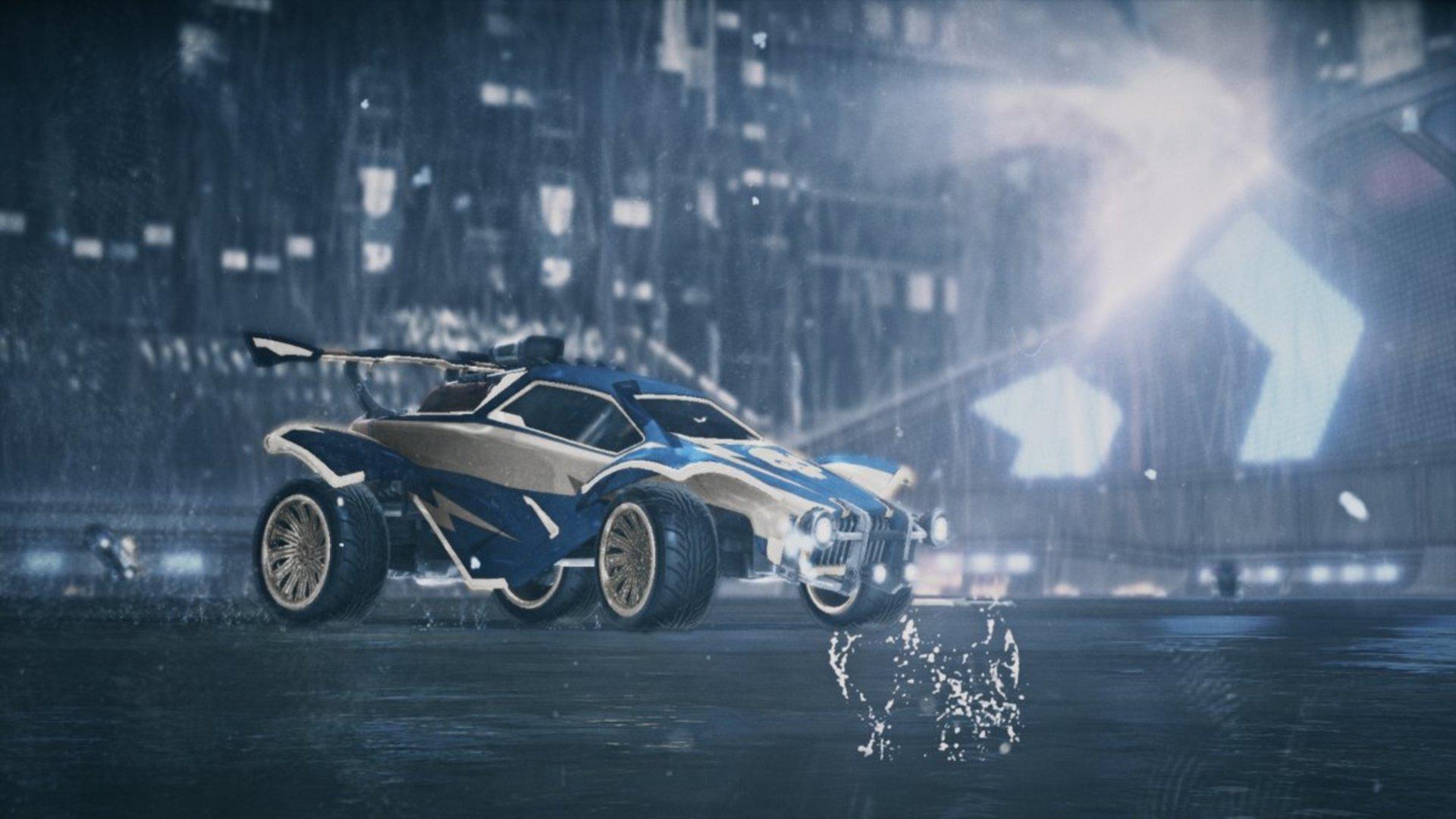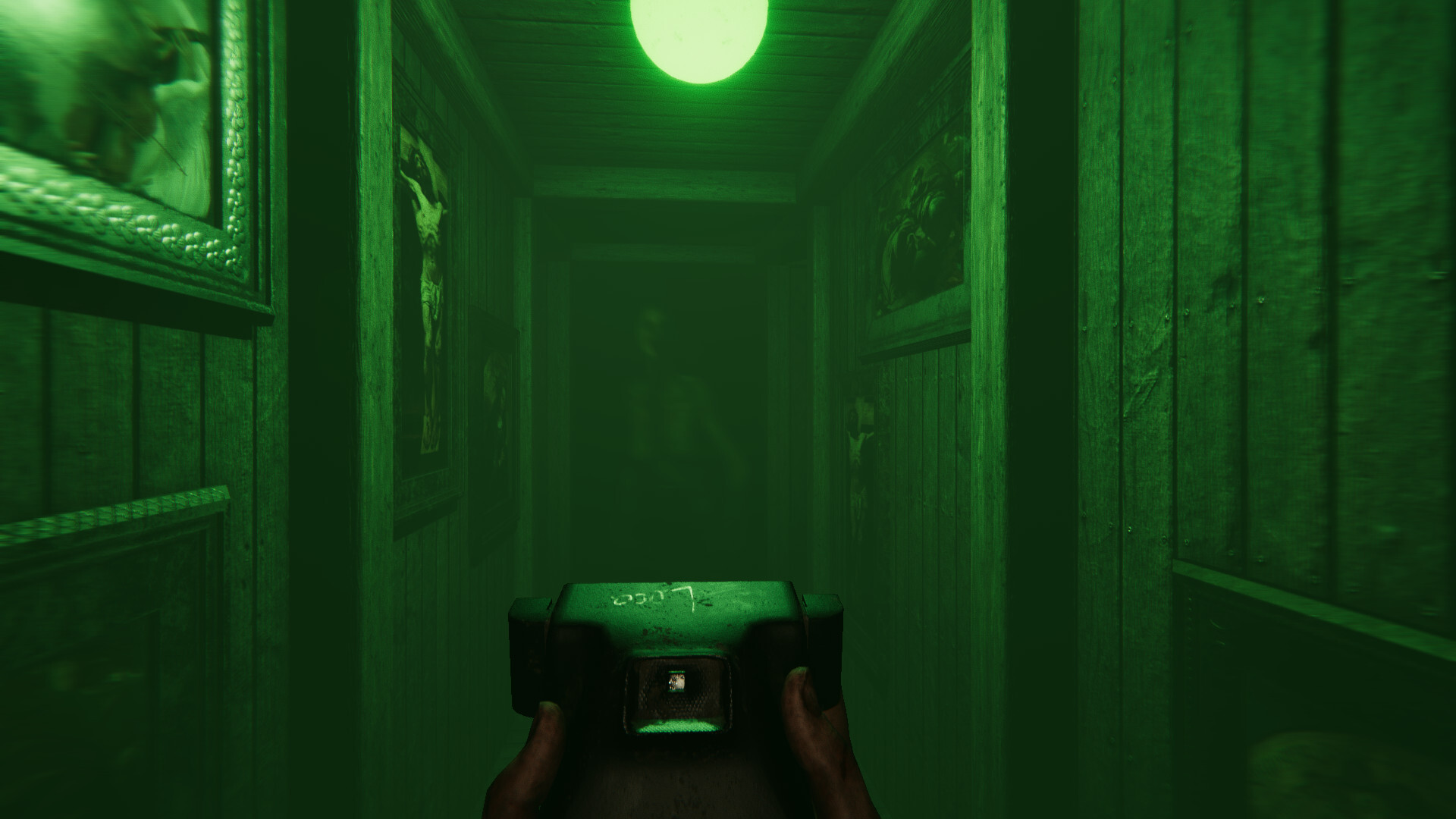Science says fear can be measured – and these are the video games that proved it. Here are the scariest games ever made, ranked by real heart-pounding data.
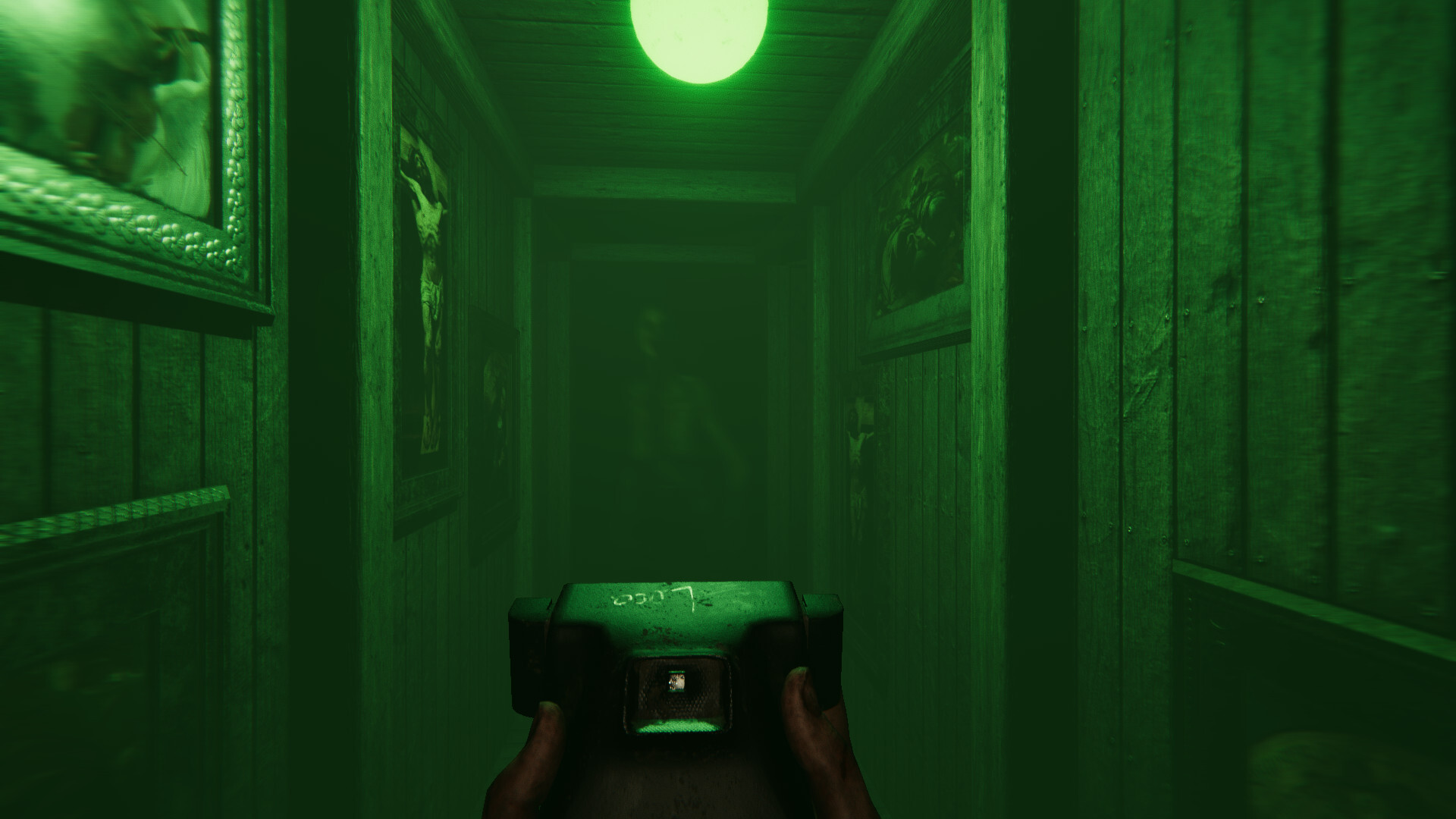
Back in 2022, the folks at Broadband Choices decided to get a little scientific about fear. They hooked up players to heart rate monitors, sat them down with some of gaming’s most terrifying titles, and crowned the scariest of them all. The result? A fascinating mix of jump scares, psychological tension, and pure digital dread that made even the toughest gamers flinch.
Of course, horror in gaming has come a long way since then – both technically and emotionally. But it’s still fun (and slightly sadistic) to look back and see which titles truly made our hearts race. And hey, if you’re curious about which movies science says are the scariest too… don’t worry, we’ve got you covered.
10. Dead Space (Avg. BPM 85, 2008)
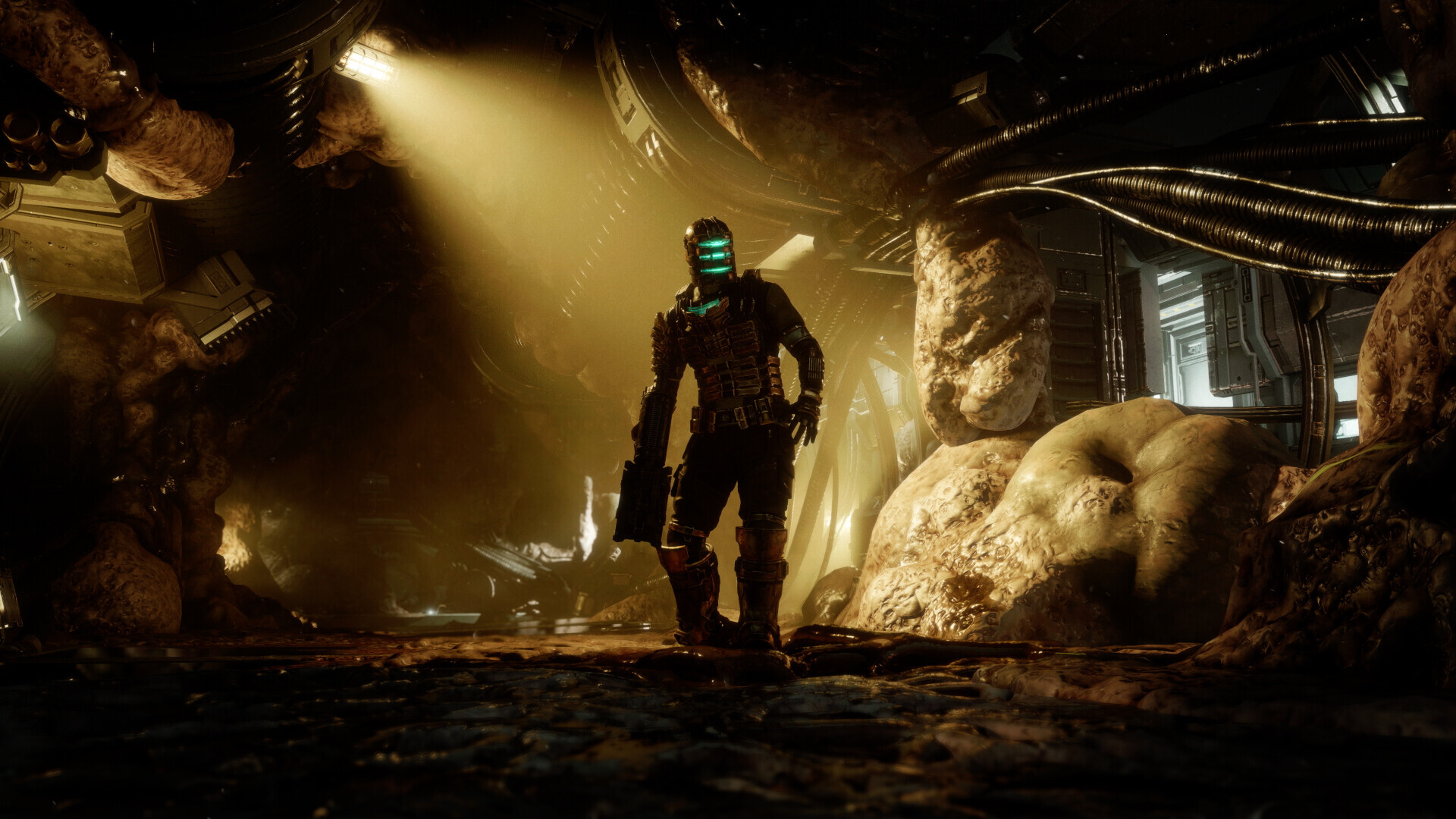
There’s something deeply unsettling about being alone in space – especially when the only company you have wants to tear you limb from limb. Dead Space perfected that slow-burn sci-fi terror that makes you dread every flickering light and distant metallic clank. The game’s claustrophobic corridors and grotesque Necromorphs are designed to keep your heart rate up – and your plasma cutter ready. It’s not just jump scares; it’s the feeling that everything around you is quietly plotting your demise. The numbers don’t lie, this one made gamers sweat in zero gravity.
9. The Forest (Avg. BPM 86, 2014)

Imagine surviving a plane crash only to realize the local wildlife isn’t the real problem – the locals are. The Forest lures you in with a beautiful open-world survival setup, then slowly turns that freedom into fear. Between the eerie quiet of the woods and the grotesque humanoid mutants watching from the trees, the tension builds naturally – you’re never safe, even when it’s silent. Every rustle of leaves feels personal, like the game knows exactly when your nerves are about to settle and decides, “not yet.” It’s survival horror with a pulse – yours.
8. Amnesia: The Dark Descent (Avg. BPM 88, 2010)
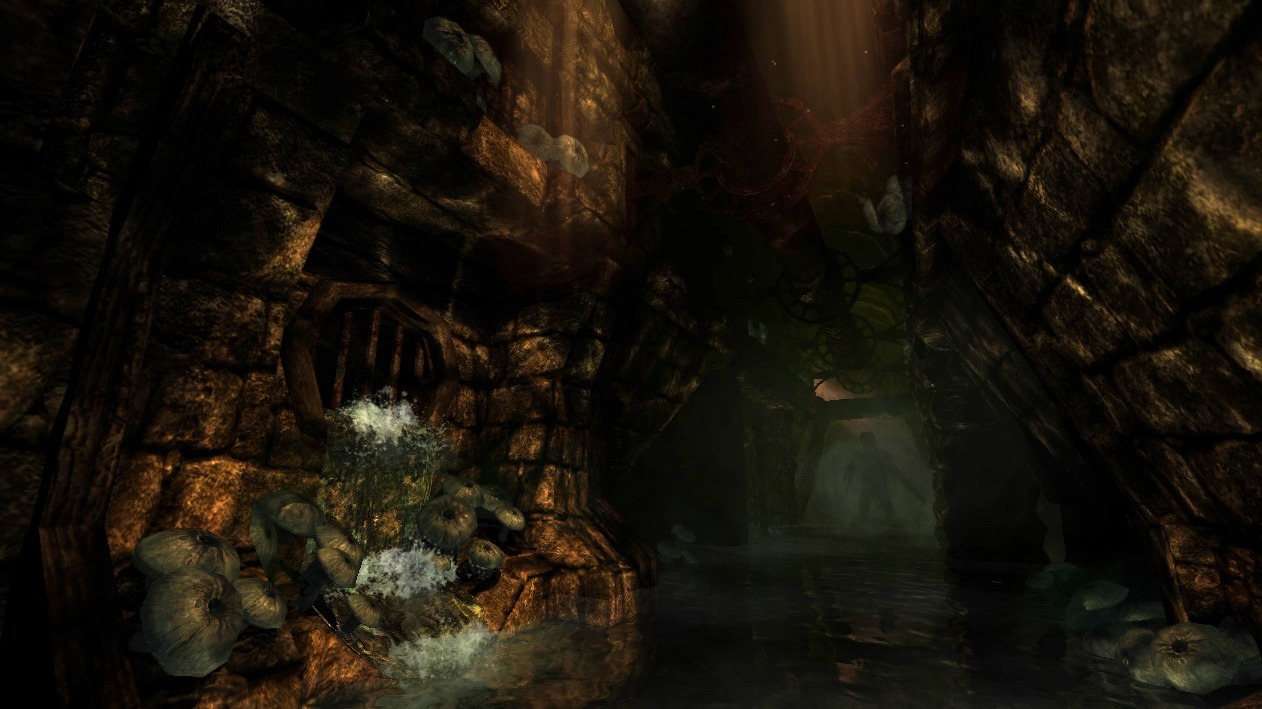
If horror had a “how to” manual, Amnesia: The Dark Descent would be chapter one. No weapons, no reliable light, no idea what’s chasing you – just pure, disorienting dread. The genius of Amnesia is that it doesn’t rely on gore or cheap tricks; it gets under your skin with psychological tension and a growing sense of helplessness. Every shadow feels sentient, every sound deliberate. By the time you start hearing things that aren’t there, the game’s already won. It’s the kind of fear that lingers long after you’ve shut your PC off.
7. Bloodborne (Avg. BPM 89, 2015)

Now, this one’s where the science might’ve gone a little off the rails. Sure, Bloodborne gets your pulse racing – but not because it’s scary. It’s because playing it is like fighting for your digital life. Every encounter is a ballet of panic and precision, where one missed dodge means disaster. The world itself oozes gothic dread, but it’s the relentless tension of surviving that sends heart rates soaring. So yes, your BPM might spike, but that’s just from the stress of a boss fight that lasted 47 tries.
6. Resident Evil VII: Biohazard (Avg. BPM 90, 2017)

Nothing says “welcome home” like waking up in a rotting farmhouse surrounded by a family of cannibals. Resident Evil VII reinvented the franchise by pulling players into first-person terror – and it worked a little too well. The claustrophobic setting, hyper-realistic graphics, and deeply unpleasant sound design make every creak feel like a threat. The game doesn’t just scare you; it traps you in its nightmare until your heart forgets how to calm down. Science didn’t need heart monitors to prove this one – our collective screams were evidence enough. If you've played it in VR, you deserve a medal.
5. Outlast 2 (Avg. BPM 91, 2017)
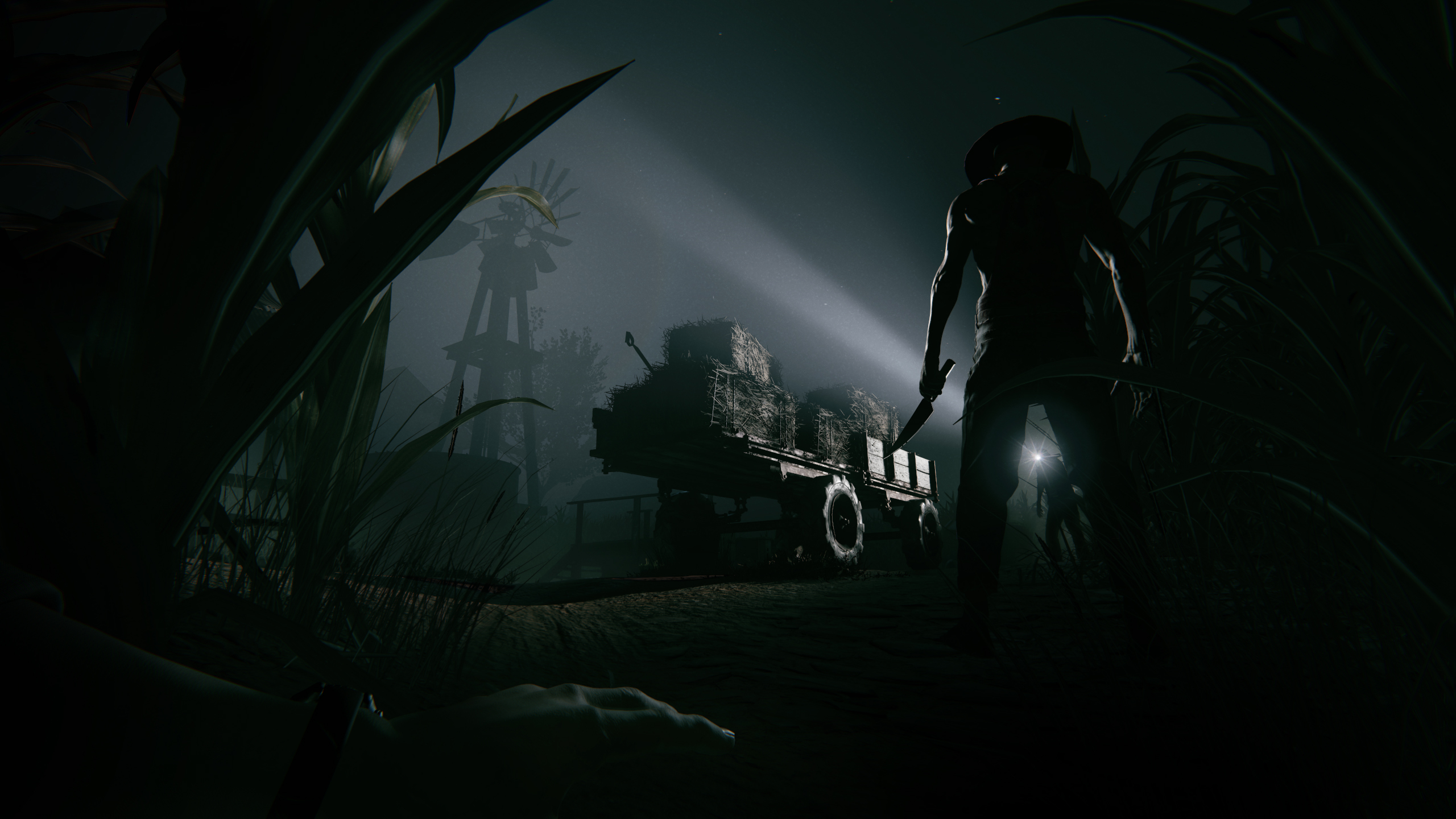
If Outlast 2 were a rollercoaster, it would be the kind that never slows down – just keeps dropping you into deeper layers of panic. Trading the asylum from the first game for an isolated desert cult, it somehow manages to make wide-open spaces feel even more claustrophobic. Every chase, every flash of light through the cornfields feels designed to keep your pulse spiking. The game doesn’t just want to scare you – it wants to break your nerves and then politely thank you for playing. And somehow, we all came back for more.
4. Five Nights at Freddy’s 4 (Avg. BPM 92, 2015)
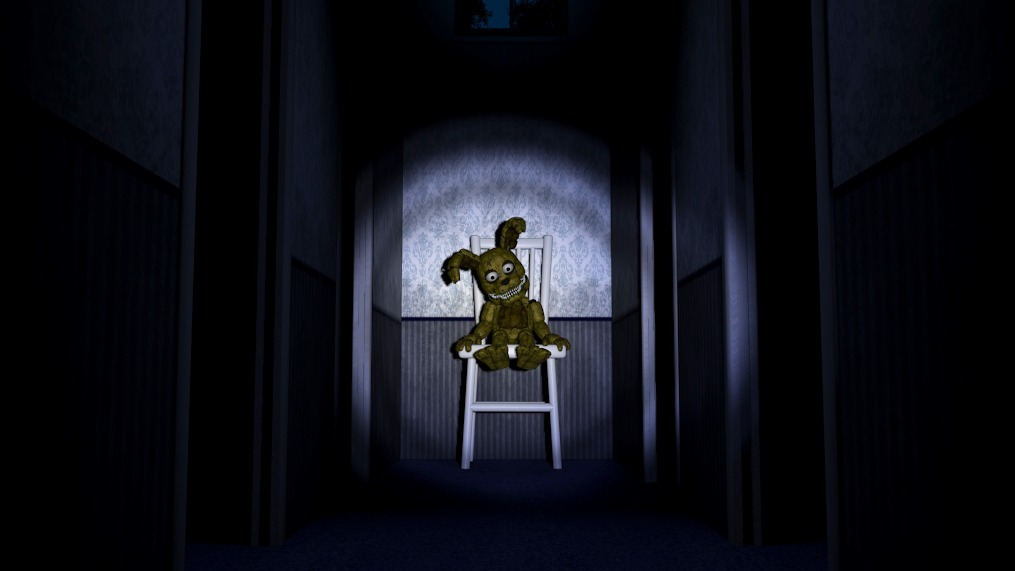
At this point, we all thought we knew what Five Nights at Freddy’s could throw at us – until the fourth game turned the formula inside out. Suddenly, you’re not a night guard watching monitors; you’re a terrified child in a dark bedroom, checking the closet and listening for breathing. It’s pure anxiety condensed into an 8-bit heartbeat. The simplicity of the setup is genius – the horror doesn’t come from what you see, but what you hear. No wonder this one sent heart rates through the roof. Childhood trauma, reimagined as a minigame.
3. Visage (Avg. BPM 94, 2020)
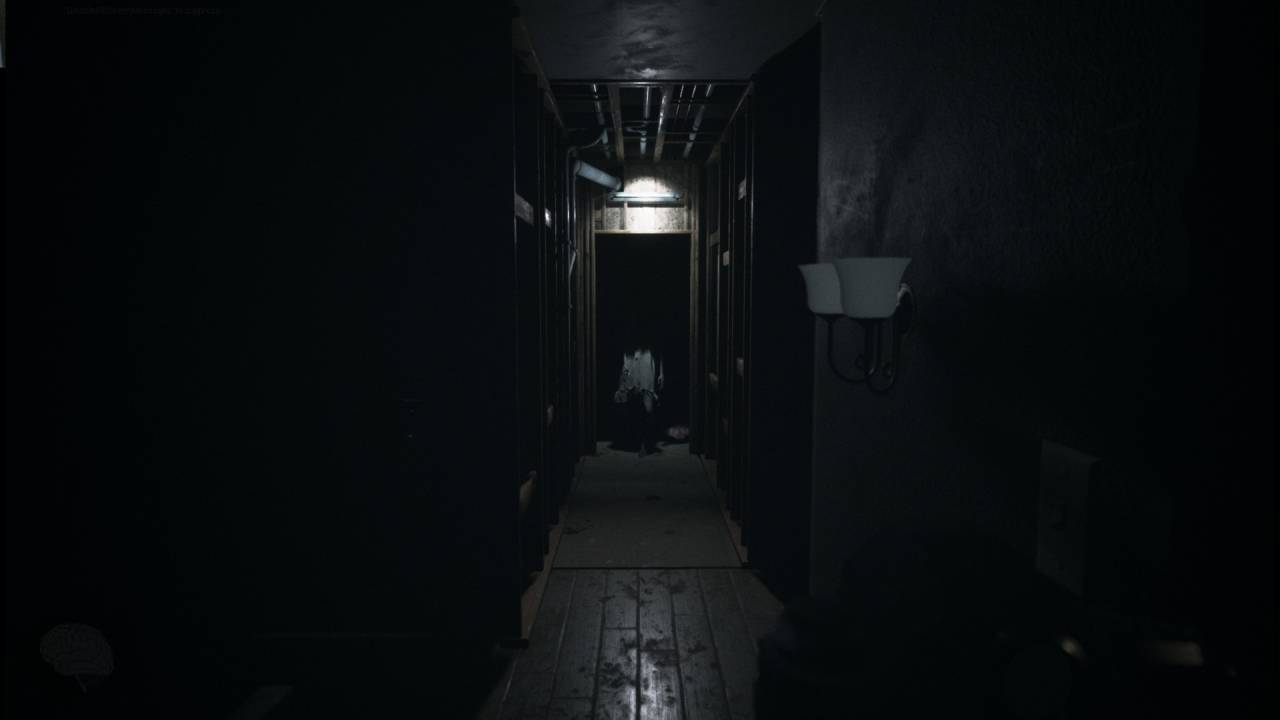
Stepping into Visage feels like wandering into a nightmare that forgot to end. It’s quiet, eerie, and impossibly slow – until it isn’t. The game doesn’t chase you with monsters; it lets your imagination do most of the work, which somehow makes it worse. Flickering lights, whispered voices, and shifting hallways build a kind of tension that sits in your chest like a weight. It’s psychological horror done right – deeply uncomfortable, beautifully crafted, and proud of how much it ruins your sleep schedule.
2. Alien: Isolation (Avg. BPM 96, 2014)
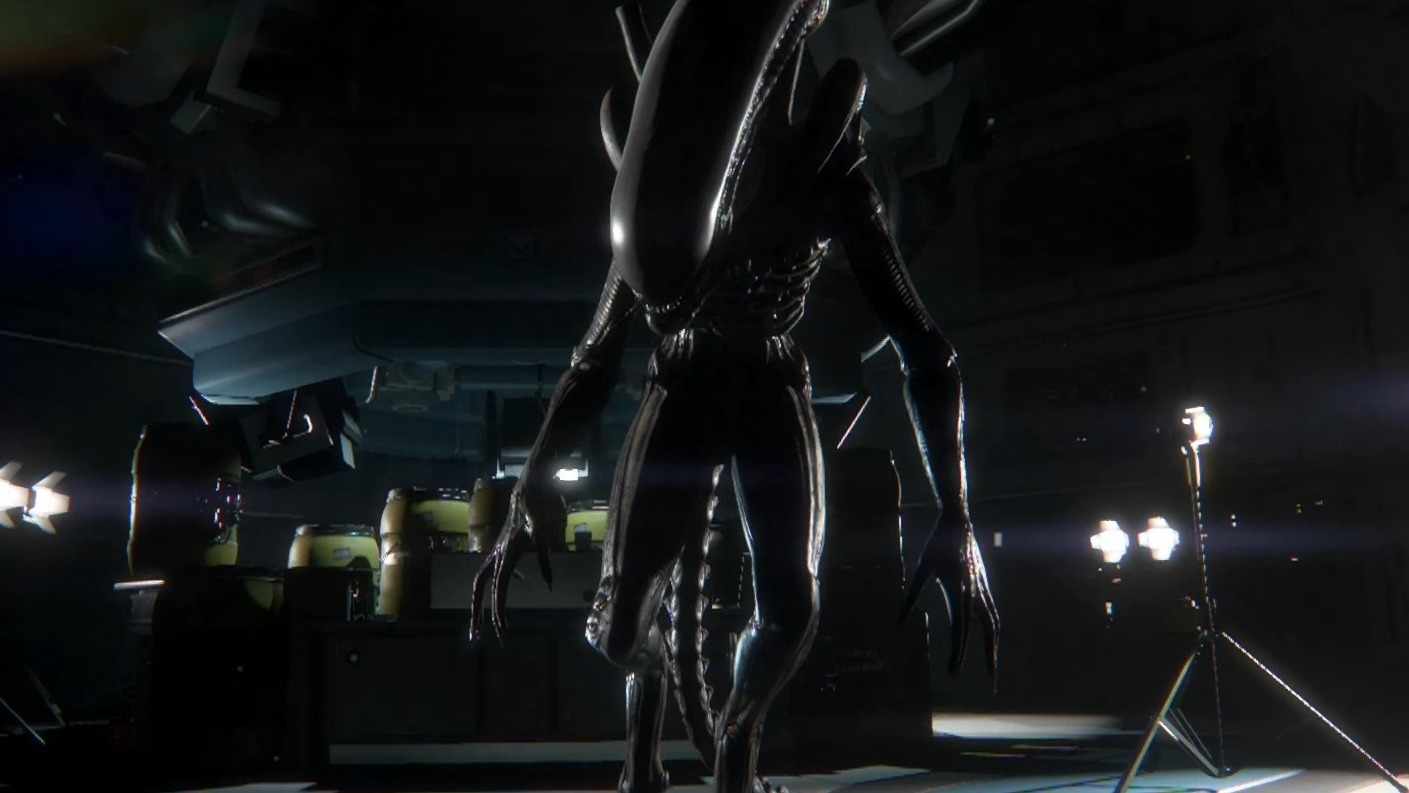
There’s panic, and then there’s Alien: Isolation panic – the kind that makes you hold your breath in real life while hiding under a desk. The game’s xenomorph isn’t scripted; it hunts you intelligently, which means nowhere ever feels safe. Every hiss, every blip on the motion tracker sends a spike of adrenaline straight through your chest. It’s not just a survival game; it’s a masterclass in sustained fear. You don’t play Alien: Isolation – you endure it, and you never quite recover.
1. Madison (Avg. BPM 97, 2022)
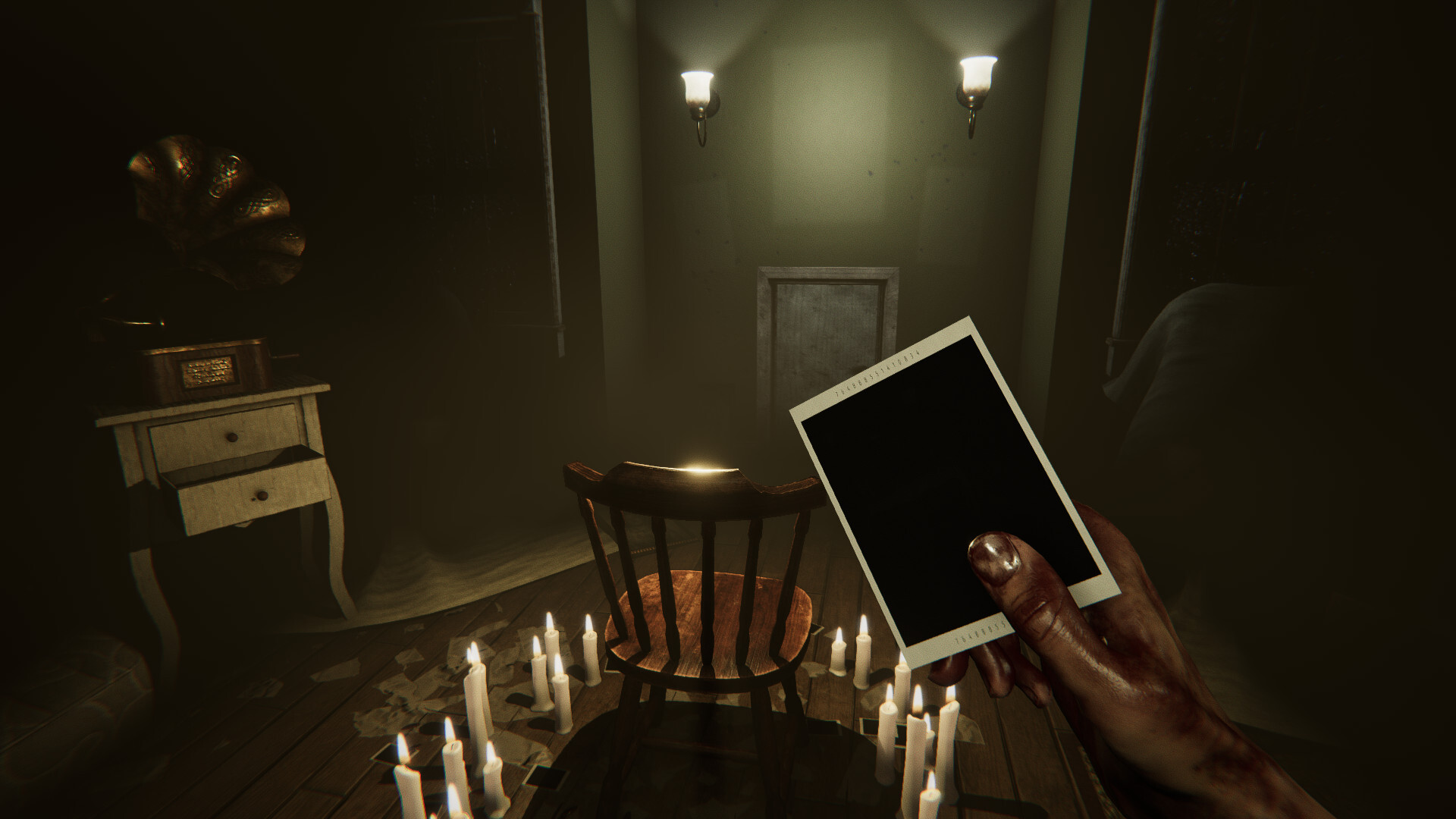
And finally, the one that topped the scientific scare-o-meter: Madison. This isn’t your standard haunted house horror: it’s a first-person descent into madness that blurs the line between sanity and possession. The game’s constant use of the Polaroid camera mechanic is pure genius, forcing players to look – literally – at what they don’t want to see. Every snapshot feels like an act of courage (or stupidity). With oppressive atmosphere, terrifying sound design, and a story that feels cursed to the bone, Madison earns its crown as the scariest game measured by science – and probably your nightmares too.
